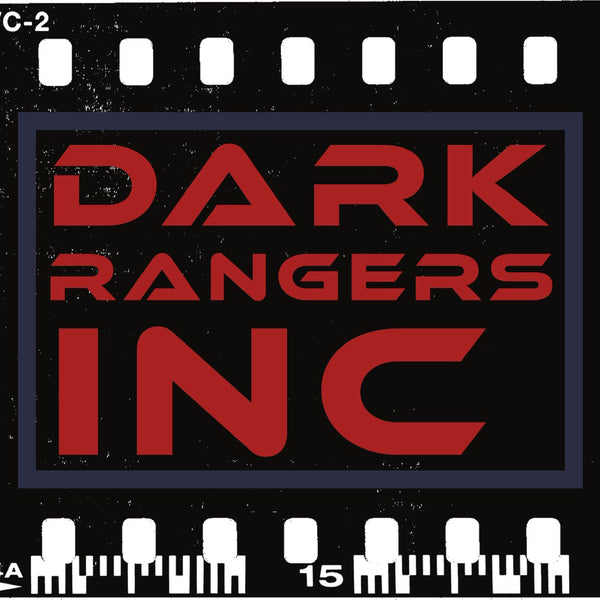This year's eclipse was action packed for a huge strip of the United States and Mexico packed with weather challenges and finding a location was a last minute affair for many committed to getting clear skies no matter what.
About a week out I had found a spot close to Mark Twain National Forest that I could should the night before in Bortle 2 and then leave it all set up to shoot solar during the day. My plan was to rent a car Saturday and go down Sunday morning. I don't have enough room for the 2 scope set up I was intending on using and needed to pick up an SUV for the weekend.

Unfortunately Saturday morning came around and just after lunch around 12:15pm to Enterprise only to find they were shut down for the weekend and so were all places short of going an hour plus to the nearest Airport. Since I was in the 94%-ish zone I decided to just stay home after all the weather was sketchy at best and my skills and confidence for solar were as unsure as the weather!
The morning of April 8th came after super cloudy few days leading up left me no time to practice so I took off my scope covers and did what I could to try to find the sun with both scopes. I also had to "modify" the set up for one filter because it was an 8" filter and it needed to fit a scope much smaller. Luckily the first thing I thought of worked immediately. I took the ring of the scope cap and cut out some foam for the W.O. 111 and it worked great!

Scope 1: Williams Optics 111 via the AM5 with a 2600, Thousand Oaks Filter, as the sun cleared my homes roof first and then about an hour later would clear my main rig.

Scope 2: Stellarvue SVX 140T on a Losmandy G11 with my Nikon Z7ii, Kendrick Solar Filter.

I learned 2 very valuable lessons for the 2028 in Australia which I am committed to attend now.
1.) GEM mounts are way better than Harmonic because it's so much easier to just be able to move the mount into position quickly after you know it's polar aligned.
2.) Mirroless Cameras with the ability to live view and find an object much quicker is by far easier.
One rig had both advantages the other had neither. The problem with Harmonic mounts is you have to electronically slew or nudge them you can't just pull or push them into position with the clutches loose. They're "locked in" at all times via the motors.
Luckily the sun cleared first on the AM5/111 mount and I started taking 1 second exposures with the filter on so it would be easy to find the bright spot where the sun was. Even though the scope was polar aligned the "pointing accuracy" through the AM5/ASIAR was horrendous it was not even close to where the sun actually was after it slewed to position. To be honest the G11 and NINA were better but still not dead on either.
Using the Joystick I maneuvered around until I was able to get it close and then once close I used the only large sunspot to focus scope 1 and even tracking at solar speed it needed constant "nudging" to stay in position. But it was fairly simple in Max speed slew I would tap my phone screen a few times with the left arrow and it would move the sun to one side of the screen and I would have about 10 minutes of shooting time as it moved across to the other.

With the 140/G11/Mirroless Combo it took about 30 seconds to frame the sun the first time and with tracking only needed a subtle nudge every 20 minutes or so to reframe. I had a 5 shot bracket 2 stops above and below 1/1000 of a second and that worked out pretty well. I had planned an interval but the event happens much slower than you think and you actually have plenty of time to simply walk over and tap the shutter I had programmed with a 5 second delay to allow it to settle, and rattle off the 5 images.

With the ASIAR/2600 combo I did an autorun with .009, .001, .0005, .0001, .00005 with 5 seconds between each image and would let it run few minutes and pause it to nudge and recenter and then repeat. On both rigs I ended up with about 500 images (way more than needed). But better to have and not need than need and not have.
Overall I was impressed with the images I was able to produce with such simple setups. I walked away with a 1000% more confidence and ability in solar and for the next one will defiantly use another GEM/Mirroless set up and would even consider a designated solar mount or even a tripod as a secondary rig with a 600mm lens and mirrorless with my main rig on an GEM with a full size scope. I did enjoy solar and will do it again but don't know if I am ready to go "all in" and get a quark or anything like that but the subtle details I was able to start to bring out with the SVX 140 at 960MM was more than I thought I would and definitely something I will explore again.

Missing the totality was a definitely regret but next time I will fully commit to it vs a last minutes half hearted attempt. Given the fact I had zero prep or practice and had to lean on my years of photography/astrophotography experience I am happy with the outcome and still enjoyed the partial.
How did your go? Are you going to Spain or Australia?

